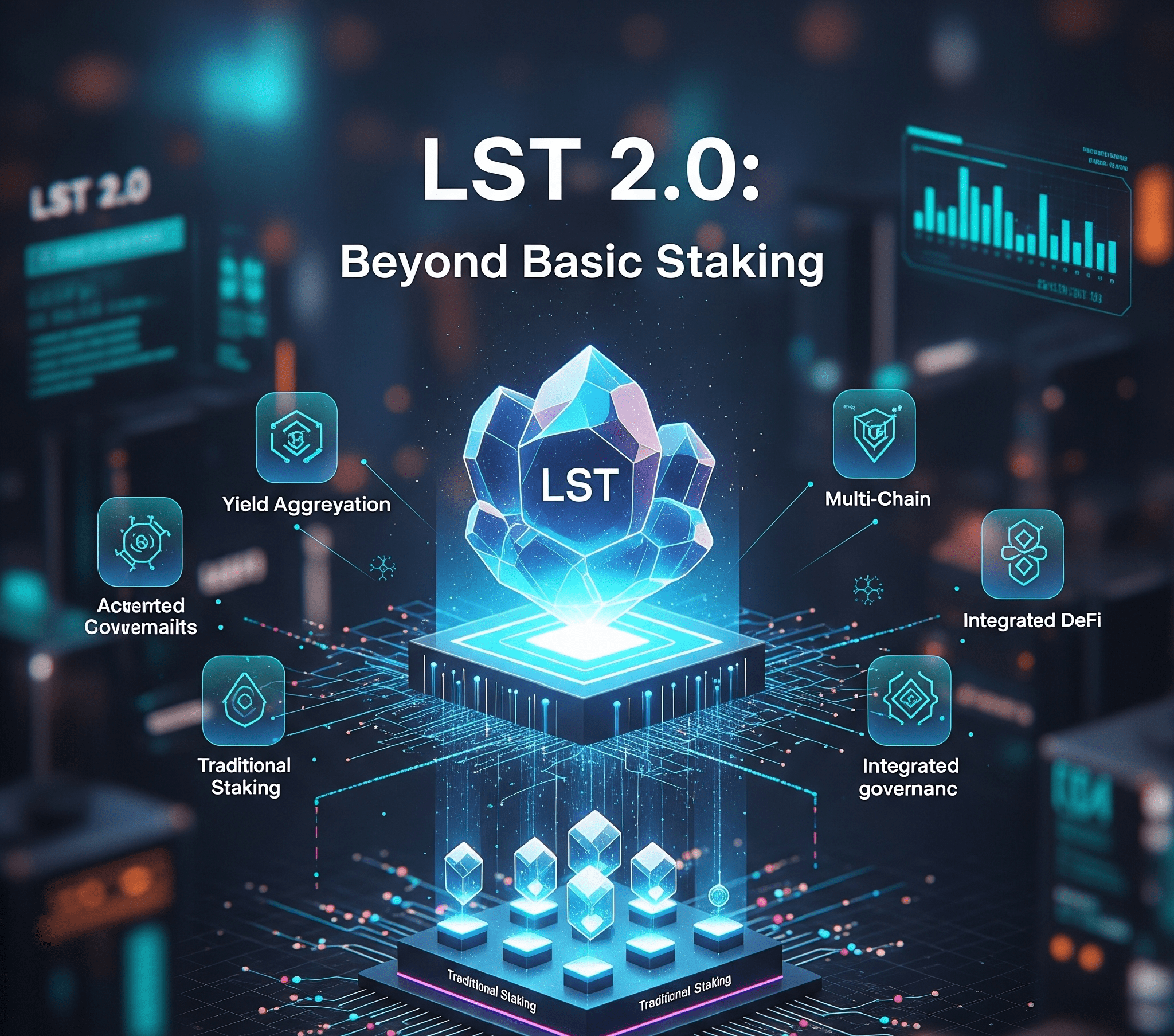
In the dynamic and often volatile landscape of decentralized finance (DeFi), one of the most significant challenges for both retail and institutional investors has been the lack of stable, predictable yield. While yield farming and liquidity provision offer lucrative returns, they are often tied to speculative risk and the constant ebb and flow of market conditions. Treehouse is a pioneering protocol that is fundamentally changing this paradigm. It is not just another yield optimizer; it is a foundational infrastructure project building the Decentralized Fixed Income Layer—a cohesive ecosystem designed to bring stability, transparency, and maturity to on-chain finance.
At its core, Treehouse is an integrated financial framework that unifies three critical components: yield primitives, a decentralized benchmark rate, and a participation layer. This synergistic approach allows the protocol to create a sustainable and self-regulating ecosystem that generates real yield while setting the stage for a new generation of sophisticated financial products.
LST 2.0: Beyond Basic Staking

The journey begins with LST 2.0, a concept that represents the next evolution of liquid staking. Traditional Liquid Staking Tokens (LSTs) allow users to earn a base staking yield while maintaining liquidity. Treehouse takes this a step further. When users deposit their native tokens or LSTs (such as Lido's wstETH), they receive a tAsset (e.g., tETH). This tAsset is a yield-generating token that is automatically deployed into an on-chain interest rate arbitrage strategy.
The protocol actively seeks out and capitalizes on fragmented interest rates across the DeFi ecosystem. For example, it might find a lending protocol offering a slightly higher rate for a specific asset and temporarily move liquidity to capture that yield. This automated process generates a "Market Efficiency Yield" (MEY) that is stacked on top of the base LST APY, giving users a more robust and enhanced return. This not only benefits the user but also helps standardize and stabilize interest rates across the broader DeFi market.
DOR: A Marketplace for Trust and Transparency

For a fixed income layer to function effectively, it requires a reliable, transparent, and manipulation-resistant benchmark interest rate. This is where Treehouse's most innovative feature, the Decentralized Offered Rate (DOR), comes into play. The DOR is a decentralized, on-chain equivalent of traditional financial benchmarks like LIBOR or SOFR, but without the inherent centralization and single points of failure
The DOR is established through a consensus mechanism involving several key participants:
Operators: Entities, like Treehouse itself, that initiate and coordinate the DOR feeds.
Panelists: Vetted participants who stake the native $TREE token as collateral and submit their predictions for the benchmark rate. This staking mechanism ensures that they have "skin in the game" and are financially incentivized to provide accurate data.
Delegators: Regular users who delegate their tAssets to Panelists, thereby contributing to the security of the DOR consensus while retaining ownership of their tokens and earning a share of the rewards.
Referencers: DeFi protocols, dApps, or financial institutions that integrate the DOR feed into their products to price loans, derivatives, or other financial instruments.
The first of these benchmarks, the Treehouse Ethereum Staking Rate (TESR), provides a decentralized, forward-looking rate for all Ethereum-based staking products. This mechanism is the bedrock for creating a future of predictable, fixed-term lending and advanced financial derivatives within DeFi.

The TreeToken: The Economic Engine of the Ecosystem
At the heart of this intricate ecosystem is the $TREE token, the native utility and governance asset. Its design is fundamental to the protocol's security, decentralization, and long-term sustainability.
Economic Security: To participate as a Panelist in the DOR consensus, participants must stake $TREE. This collateral is subject to slashing if they fail to provide accurate and timely data, thereby ensuring the integrity of the benchmark rate.
Payment and Incentivization: The TREE 🌲 token is used to reward Panelists and Delegators for their honest participation. Protocols and applications that consume DOR data will also pay a query fee in $TREE, creating a powerful economic loop that drives value back into the ecosystem.
Governance and Control: As the protocol matures, Treeholders will gain full governance rights, enabling them to vote on key parameters, upgrades, and the strategic direction of the platform. This empowers the community to collectively guide the future of decentralized fixed income.
A Clear Vision for Real-World Adoption

Treehouse is not just building in a vacuum; it is building with a clear vision for real-world adoption. By creating a standardized, reliable, and secure fixed income layer, the protocol is positioned to attract a new wave of institutional capital and sophisticated financial players. Its focus on security, with comprehensive audits and a robust governance model, provides the trust and transparency that traditional finance demands.
The future roadmap is equally ambitious. Treehouse plans to expand its tAsset offerings to other Layer 1 and Layer 2 networks, introduce Forward Rate Agreements (FRAs) and other interest rate derivatives, and create a comprehensive suite of products that can be used by both institutions and everyday users.
In a space where a "real yield" can often be a fleeting promise, Treehouse is building the infrastructure for a verifiable and sustainable reality. It is a new chapter in decentralized finance, one where fixed income is no longer an aspiration but a core, functional layer of a maturing digital economy.
Written by Fatima Tariq. Thanks to the @Treehouse Official team for their amazing work and platform. This is not financial advice. Do your own research.